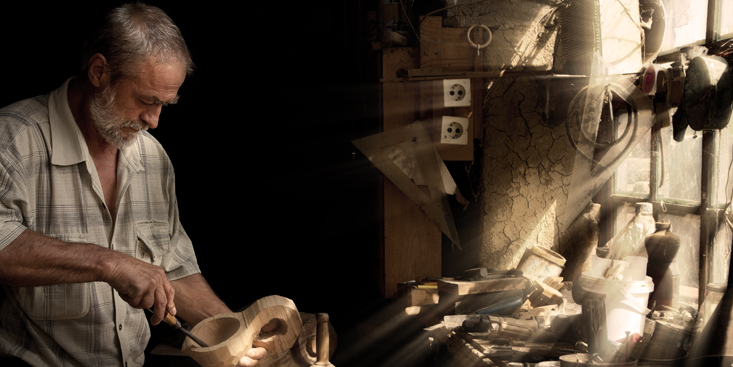Going beyond logos and craftsmanship.
When marketers of high-end home brands are seeking insights, trends, and inspiration, sometimes it makes sense to look out-of-category, toward other high-end segments such as automotive, fashion, and travel. A perennial source of inspiration for me is the luxury conglomerate, LVMH, parent company of Louis Vuitton, Bulgari, Dom Perignon, Tag Heuer, and 60 other high-end brands.
What fascinates me about LVMH is their ability to stay ahead of the ever-changing whims of affluent consumers. In fact, I believe that the company’s evolutional prowess is a best practice for high-end home brands to study. In the past few years alone, we’ve seen seismic changes in the way consumers shop for and buy high-end brands. LVMH has demonstrated in product design, marketing communications, and retail strategy, a keen sense of how to evolve with their customer.
It wasn’t long ago when fashion marketers couldn’t make the logo large enough. “The conventional wisdom was that consumers cared about obvious aspirational signifiers like name and price; the new view is that they now care about the less apparent marks of connoisseurship: handwork and craft,” wrote Vanessa Friedman in a recent New York Times piece.
The changing landscape has given “rise to a more discerning consumer, who eschews blatant brand signifiers,” said Suleman Anaya, an analyst at Business of Fashion. That’s one key reason why LVMH has reduced the visibility of many of its brands’ monogrammed products, as well as opened fewer stores during the past 24 months. Bruno Lannes, a Bain partner based in China has described the changing landscape among Asian consumers as “being in the know versus being in the show.” More and more, I think that’s an apt description of luxury consumers worldwide.
So what’s next?
Again, I see LVMH as being out in front. They are talking now about the “soul” of their brands. I see them concentrating on deep, meaningful subjects such as benevolence, as well as concern for heritage and preservation. To wit, the company is launching a contemporary art museum called the Fondation Louis Vuitton in Paris. “The museum gives physical shape to the sentiments often voiced by LVMH executives: that the company is a place of creativity and a preserver of heritage,” wrote Friedman of the New York Times.
Other brands are beginning to follow suit, with significant restoration projects across Italy: the Colosseum, Trevi Fountain, and Galleria Vittorio Emanuele II. Will Hutchings, an executive director at Goldman Sachs, said, “You can’t keep opening stores, so you have to think about exactly how you are engaging with the consumer. The new model is representing something a whole lot deeper and more meaningful.”
Is there anything deeper and more meaningful for your high-end home brand? Sure, you may have a great story to tell on craftsmanship – but how can you link that story to your corporate soul? If you can find a way, you may find even more ways to connect with your affluent consumer.
If you’d like to read the New York Times article, click here. If you’d like to read the piece in Business of Fashion, click here.


